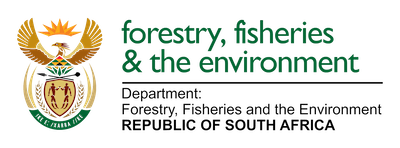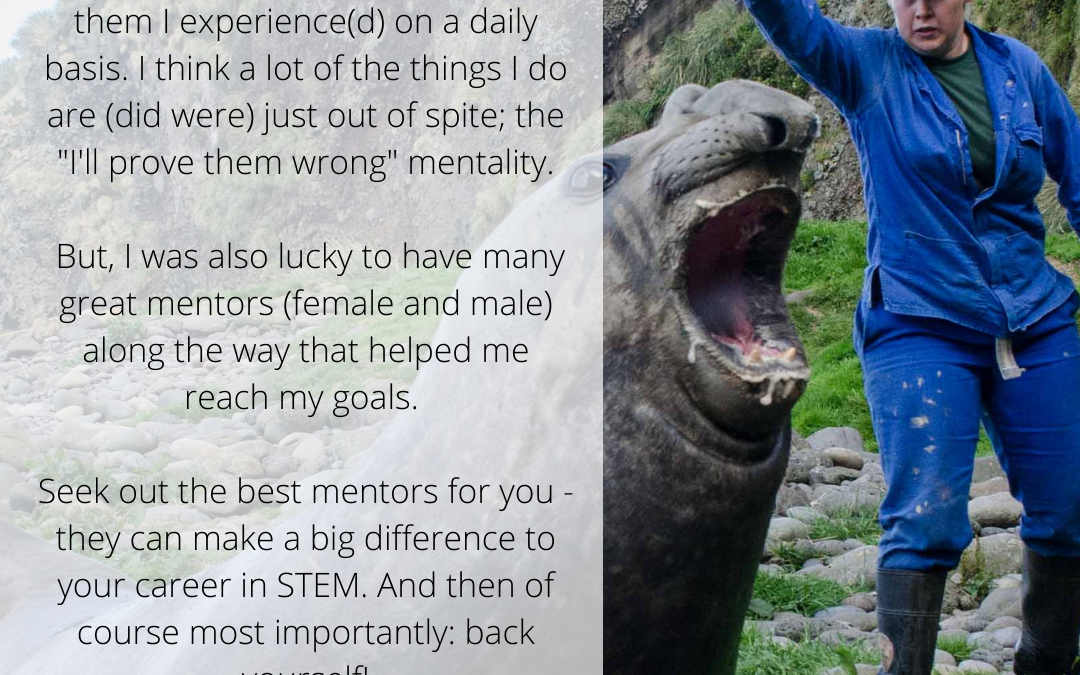
by Ria Olivier | Feb 11, 2022 | Marion Island, Meteorology, Not-Assigned, Oceanography, Research, SA Agulhas II, SANAP Student, Science, Southern Ocean, STEM, sub-Antarctic, Women in Science
In honour of every woman and girl entering the field of science within the Antarctic, sub-Antarctic and Southern Ocean.
Be inspired by the Women in Antarctic, sub-Antarctic and Southern Ocean Science.
Be inspired by the girls taking Marine Sciences as a subject in high school laying the path for their future in science.
Read more about the new SA subject – Marine Sciences: https://bit.ly/3gF9WN7
Anche Louw, Antarctic Legacy of South Africa, 11 February 2022
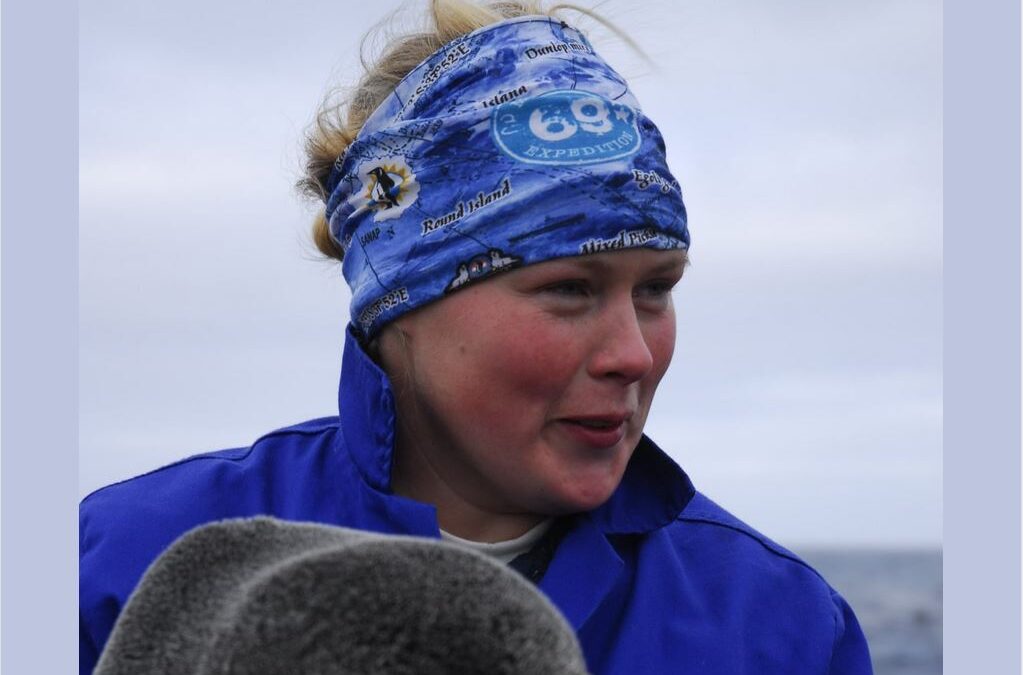
by Ria Olivier | Jan 7, 2022 | Antarctica, Mammology, News, Research, SANAP Student, Science, Southern Ocean, STEM, Women in Science
Congratulations Mia – from overwintering field assistant to lecturer at the University of Pretoria.
Dr Mia Wege was chosen as one of the “100 Women in Polar Science and Support” featured by Women in Polar Science. Mia is a true ‘go-getter’ and an inspiration to all young women in science!
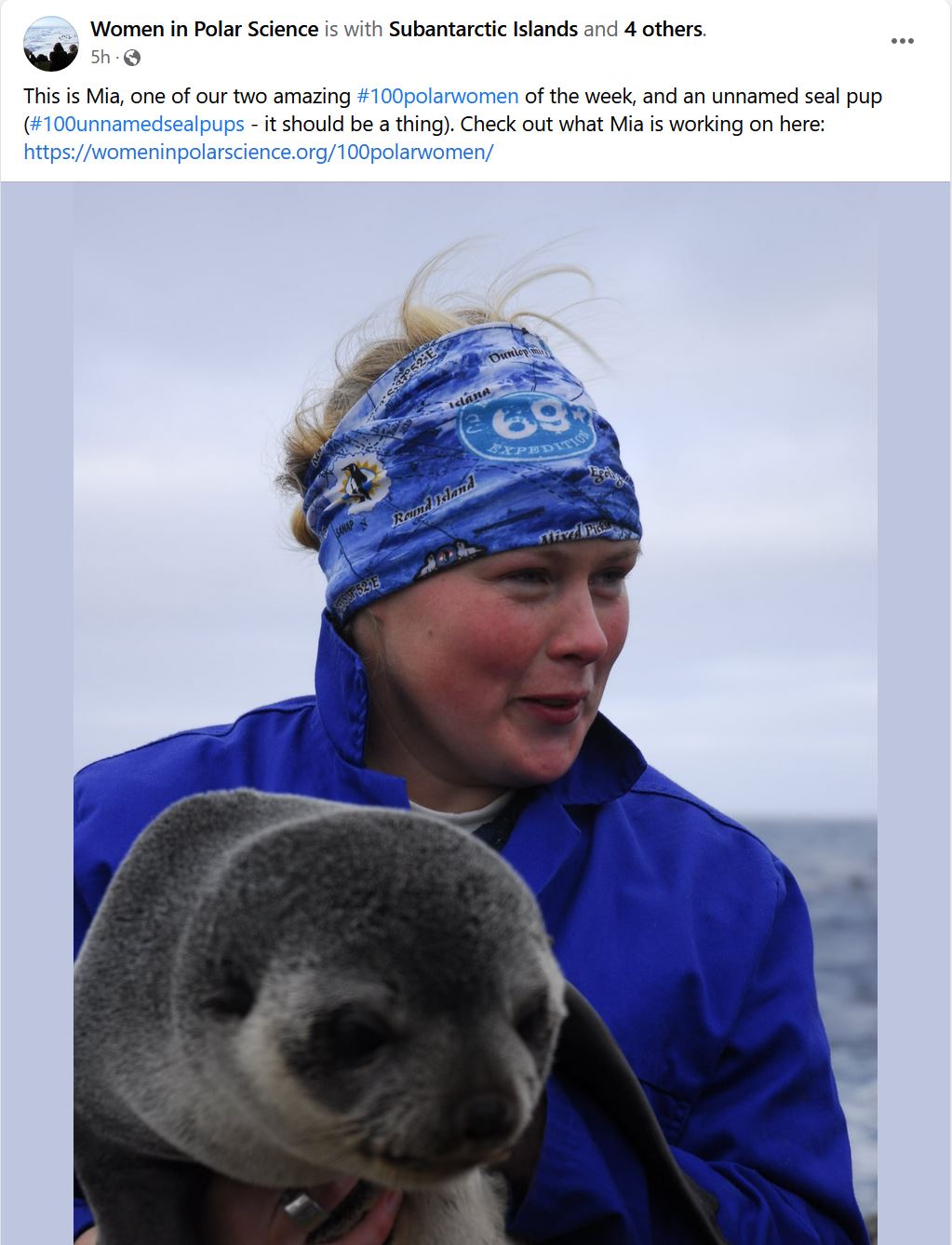
Her connection with SANAP:
In 2009, her journey within the South African National Antarctic Programme started, where she joined the 66th Marion Island Overwintering Team as a “sealer” (Marion Island Marine Mammal Programme) field assistant (see overwintering team photo below). After this expedition, Mia started an MSc at the University of Pretoria, with her project titled: “Maternal foraging behaviour of Subantarctic fur seals from Marion Island”. During her time as MSc student, she applied to return to Marion Island for another year and returned as part of the 69th Marion Island Overwintering team from 2012 to 2013. In the same year of returning from her last overwinter expedition, she completed her MSc and started working on a PhD with her focus on “Population trend and foraging ecology of sympatric Antarctic and Subantarctic fur seals at Marion Island”. She has been on numerous other take-over expeditions to Marion Island, Gough Island, and Antarctica.
Mia completed her PhD, a 3-year Postdoctoral Research Fellow at the University of Pretoria, and another 1-year Postdoctoral Research Fellow at the University of Canterbury. She was recently employed as a lecturer at the University of Pretoria, Department of Zoology & Entomology.
We would like to congratulate Dr Mia Wege on all her qualifications obtained within the South African National Antarctic Programme and her new position as lecturer.
Her passion for the Antarctic is contagious and we encourage all ECR’s (Early Career Researchers) to work hard work and persevere.
Check out Mia’s website here.
Anche Louw, Antarctic Legacy of South Africa, 07 January 2022.

by Ria Olivier | Aug 9, 2020 | Antarctica, Fellowship, STEM, Women in Science


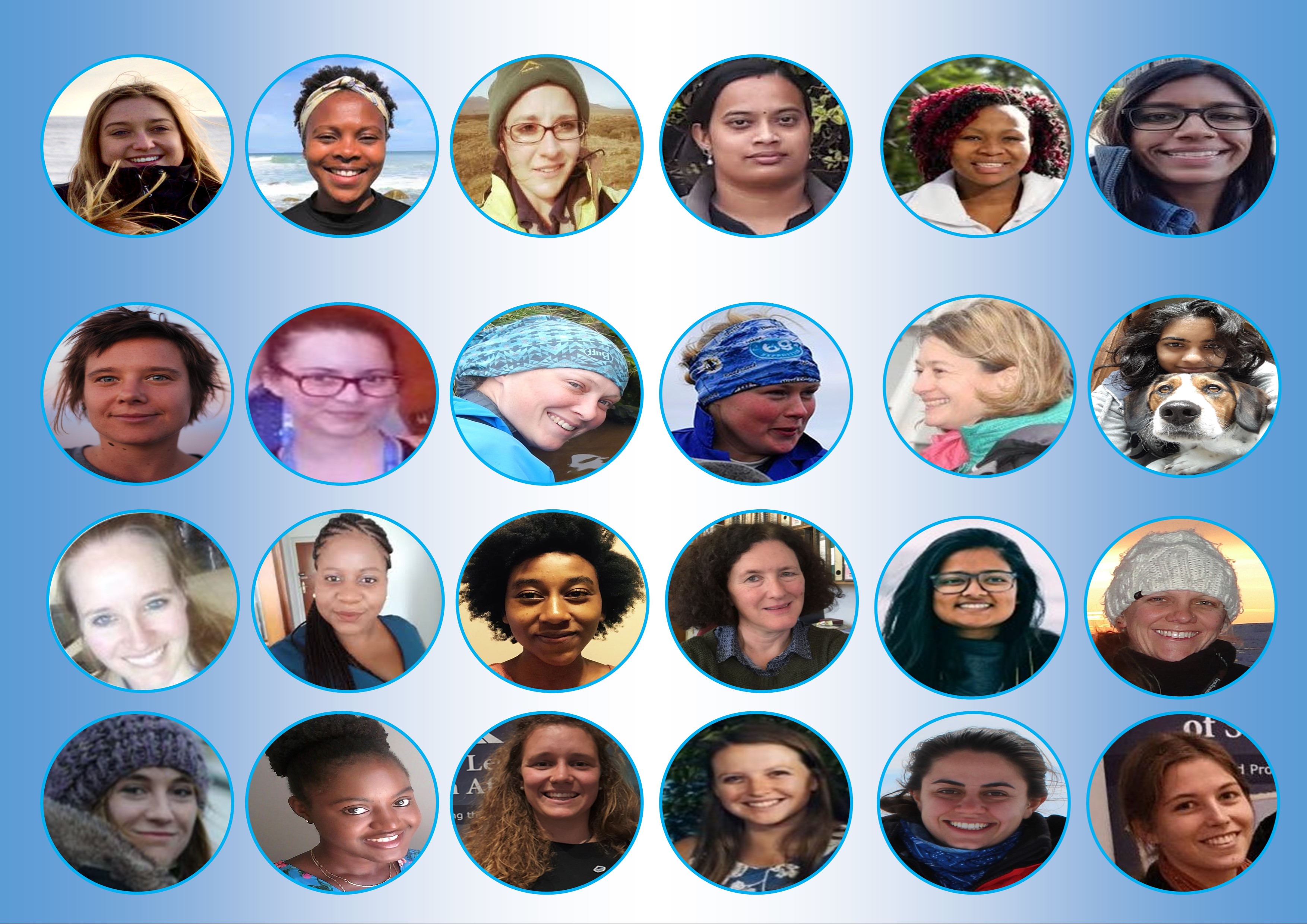 On South Africa’s National Women’s Day we celebrate all the women involved in the South African National Antarctic Programme (SANAP). In the 60 years since the vents of 1956, the phrase has come to represent women’s courage and strength in South Africa. This day is celebrated to empower women and raise awareness. In the last few years many events came about within the Antarctic environment. See the events on the Scientific Committee on Antarctic Research website. In South Africa many women play a leading role within the SANAP.
On South Africa’s National Women’s Day we celebrate all the women involved in the South African National Antarctic Programme (SANAP). In the 60 years since the vents of 1956, the phrase has come to represent women’s courage and strength in South Africa. This day is celebrated to empower women and raise awareness. In the last few years many events came about within the Antarctic environment. See the events on the Scientific Committee on Antarctic Research website. In South Africa many women play a leading role within the SANAP.

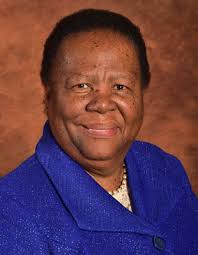
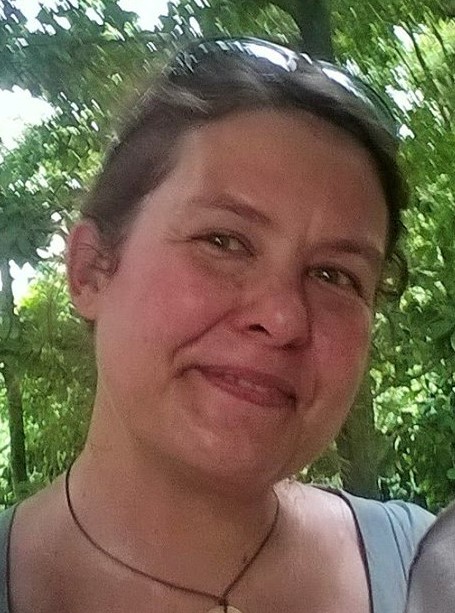 From L-R: The Department of Environment, Fisheries and Forestry: Minister Barbara Creecy; the Department of Science and Innovation: (previous) Minister Naledi Pandor and of the National Research Foundation (NRF) Director: Knowledge Advancement and Support, Tracy Klarenbeek
From L-R: The Department of Environment, Fisheries and Forestry: Minister Barbara Creecy; the Department of Science and Innovation: (previous) Minister Naledi Pandor and of the National Research Foundation (NRF) Director: Knowledge Advancement and Support, Tracy Klarenbeek
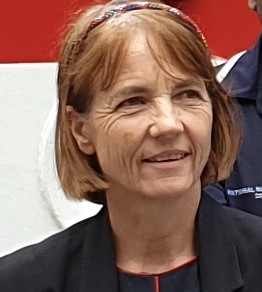
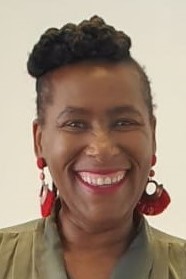
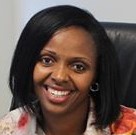 Within the Department of Environment, Fisheries and Forestry; (From L- R) Deputy Director-General Oceans and Coasts: Ms Judy Beaumont, Deputy Director: Vessel and Helicopter Management .Directorate: Southern Oceans and Antarctic Support: Ms Khuselwa Ngxabani; Operations and Logistics. Deputy Director: Chuma Phamoli
Within the Department of Environment, Fisheries and Forestry; (From L- R) Deputy Director-General Oceans and Coasts: Ms Judy Beaumont, Deputy Director: Vessel and Helicopter Management .Directorate: Southern Oceans and Antarctic Support: Ms Khuselwa Ngxabani; Operations and Logistics. Deputy Director: Chuma Phamoli
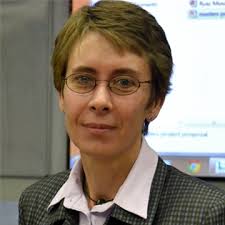
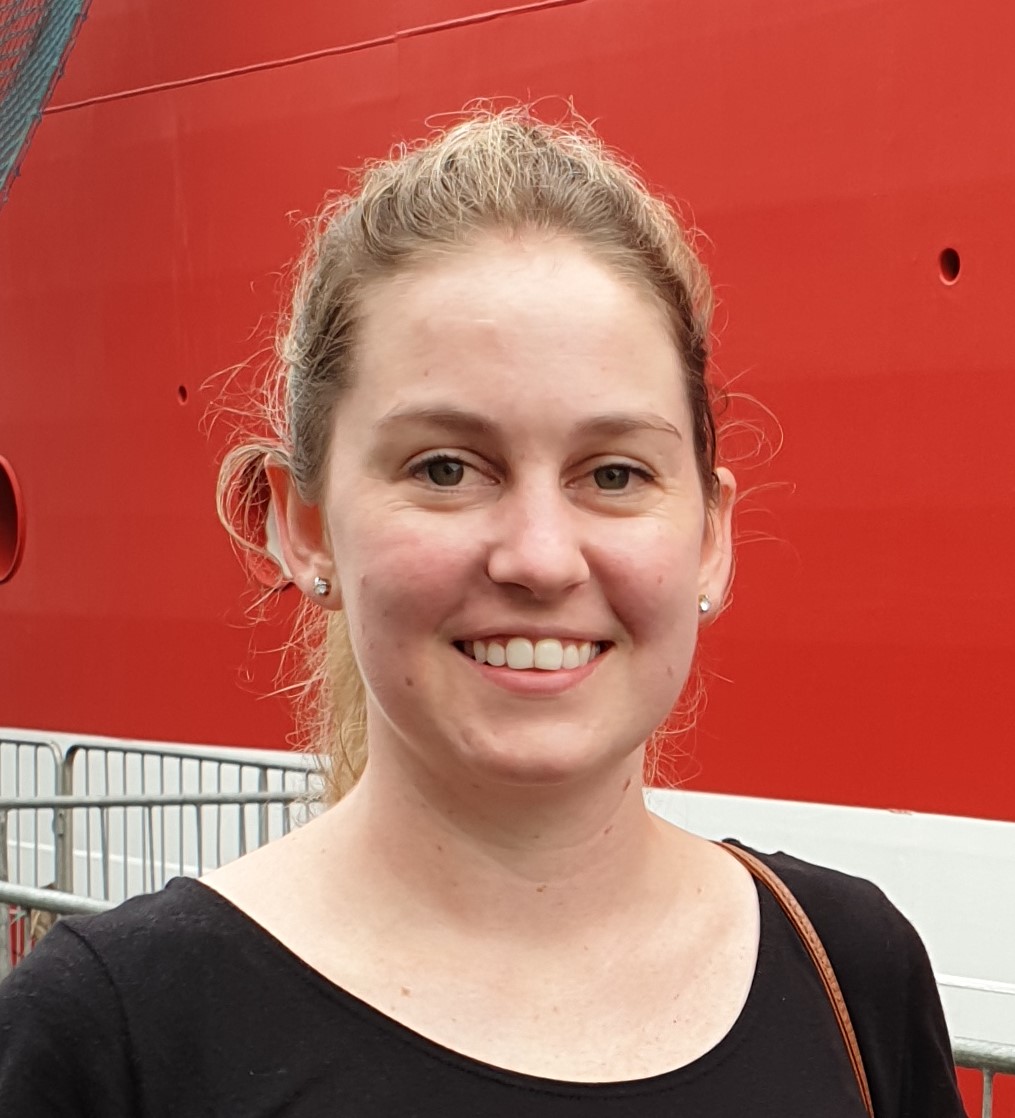

 66% of the South Africa National Committee for SCAR is women and chaired by Bettine Jansen van Vuuren(left). 70% of APECSSA is also women, chaired by Liezel Rudolph(2nd) and the founder member was Christel Hansen(3rd). The Champion for South Africa Gateway City, Cape Town is Rudzani Silima(right).
66% of the South Africa National Committee for SCAR is women and chaired by Bettine Jansen van Vuuren(left). 70% of APECSSA is also women, chaired by Liezel Rudolph(2nd) and the founder member was Christel Hansen(3rd). The Champion for South Africa Gateway City, Cape Town is Rudzani Silima(right).
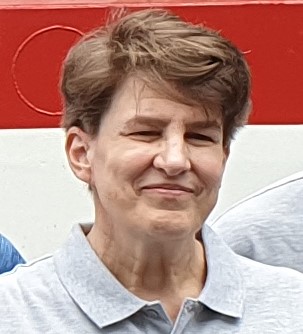

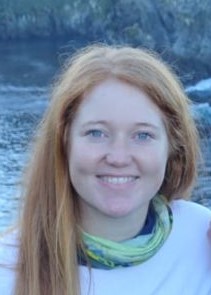 The two team leaders currently at the South African stations on SANAE(59) and at Marion Island(77) are women. Dr Abigail(Aby) Paton (left) is not new to SANAP and the first women to do 3 consecutive overwinters in Antarctica (SANAE54,55,56 see images below). Winnie Moodaley (middle) was a member of Marion 76 and to stayed on as Leader for Marion 77 so this is also her consecutive year. Michelle(Risi)Jones(right) current at Gough Island is part of Gough 64 and Gough 65.
The two team leaders currently at the South African stations on SANAE(59) and at Marion Island(77) are women. Dr Abigail(Aby) Paton (left) is not new to SANAP and the first women to do 3 consecutive overwinters in Antarctica (SANAE54,55,56 see images below). Winnie Moodaley (middle) was a member of Marion 76 and to stayed on as Leader for Marion 77 so this is also her consecutive year. Michelle(Risi)Jones(right) current at Gough Island is part of Gough 64 and Gough 65.


 Gendered Power Relations and Sexual Harassment in Antarctic Science in the Age of #MeToo by Meredith Nash and Hanne Nielsen Published online: 09 Jun 2020. “The presence and impact of female Antarctic researchers has increased rapidly. In the 1950s most countries did not allow women to work in Antarctica and there were few female Antarctic scientists. Today females are playing leading and influential roles in Antarctic research.”
Gendered Power Relations and Sexual Harassment in Antarctic Science in the Age of #MeToo by Meredith Nash and Hanne Nielsen Published online: 09 Jun 2020. “The presence and impact of female Antarctic researchers has increased rapidly. In the 1950s most countries did not allow women to work in Antarctica and there were few female Antarctic scientists. Today females are playing leading and influential roles in Antarctic research.”
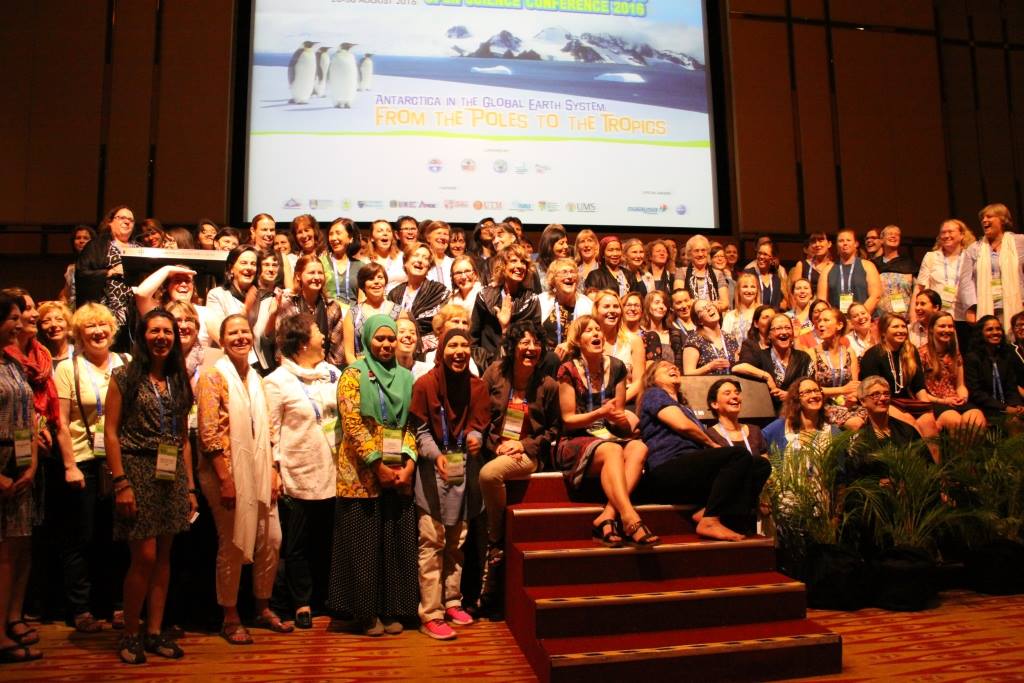
 Celebration of Women in Antarctic Research 23 August 2016,Malaysia. This event was a celebration of female Antarctic researchers and aimed to raise their profile to help provide more visible female role models for early career scientists. SANAP was represented(image right).
Celebration of Women in Antarctic Research 23 August 2016,Malaysia. This event was a celebration of female Antarctic researchers and aimed to raise their profile to help provide more visible female role models for early career scientists. SANAP was represented(image right).


- Join the Facebook group Women in Polar Science
- Follow below on Twitter:
- Ocean Women @OceanWomxn
- WomenInScienceSA @OWSD_SA
- Women in Polar Science @WomeninPolarSci
To read more about the women in history of South African National Antarctic Programme visit the Antarctic Legacy of South Africa website
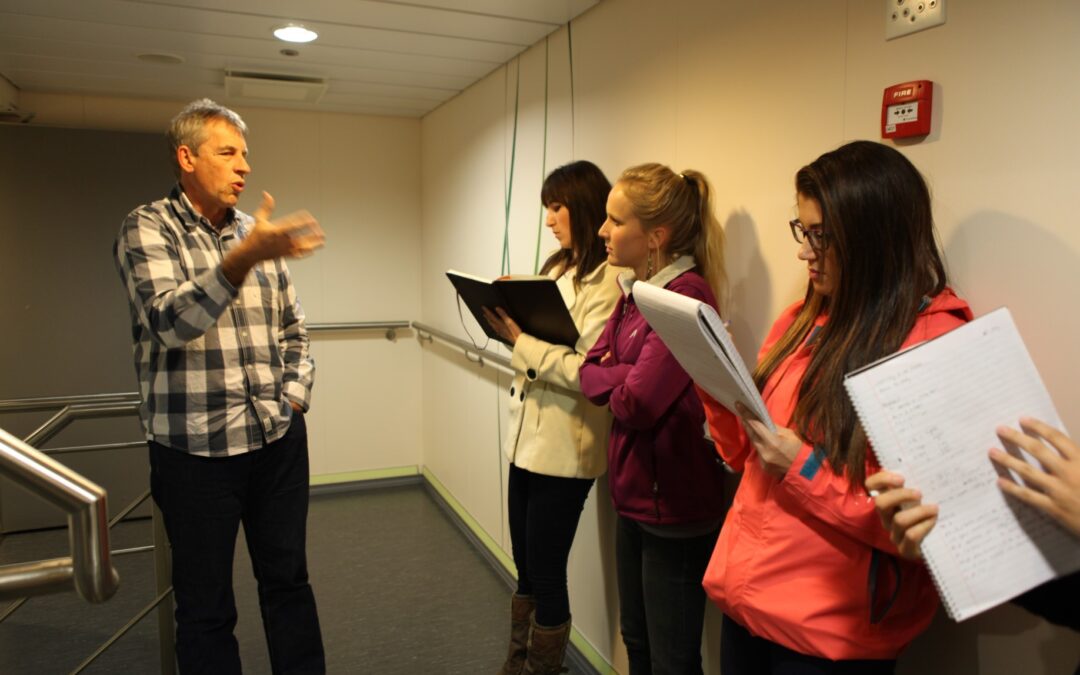
by Ria Olivier | Jul 15, 2020 | Discover, Research, SA Agulhas II, SANAP, Science, SEAmester, Southern Ocean, STEM, Women in Science
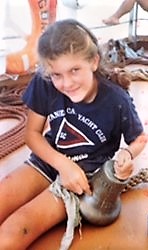
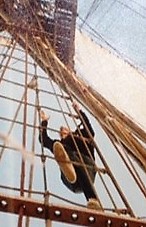
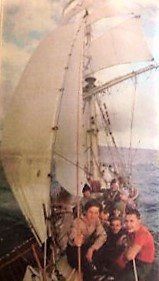
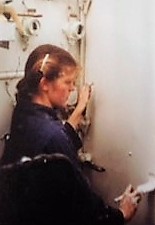 Isabelle as a child always wanted to be an oceanographer. “When I was 13 my father sent me off for 6 months on a Tall Ship to sail around Africa. And so, having grown up on sailing ships and sailing the world at a very young age it seemed only natural to follow in my passion to build a career around the sea.
Isabelle as a child always wanted to be an oceanographer. “When I was 13 my father sent me off for 6 months on a Tall Ship to sail around Africa. And so, having grown up on sailing ships and sailing the world at a very young age it seemed only natural to follow in my passion to build a career around the sea.

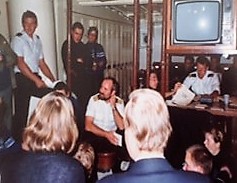
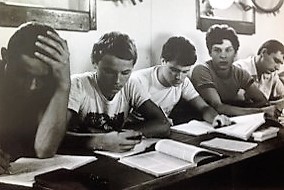 I first studied at Plymouth University in the UK, where I completed a BSc in Ocean Sciences in 1992. I came to South Africa in 1993 and under the mentorship of Professor Lutjeharms in the Oceanography Department at UCT I started to turn this passion into a sea-going academic career.
I first studied at Plymouth University in the UK, where I completed a BSc in Ocean Sciences in 1992. I came to South Africa in 1993 and under the mentorship of Professor Lutjeharms in the Oceanography Department at UCT I started to turn this passion into a sea-going academic career.
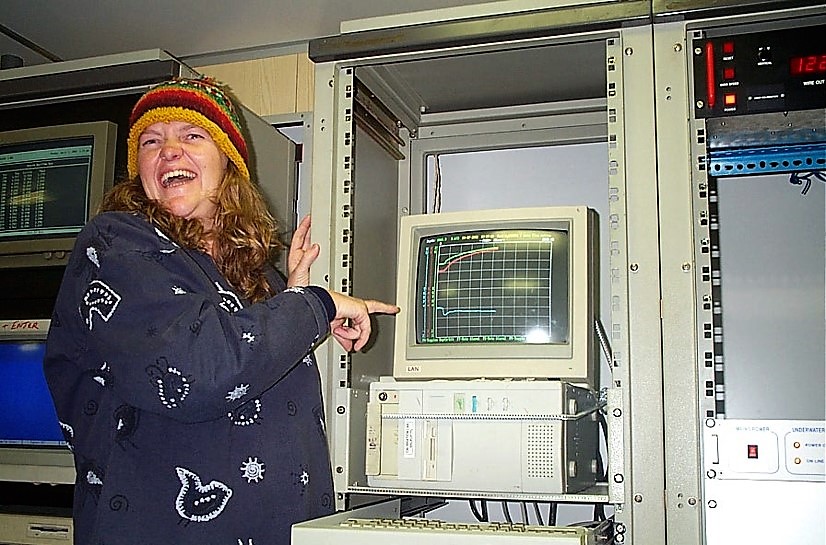

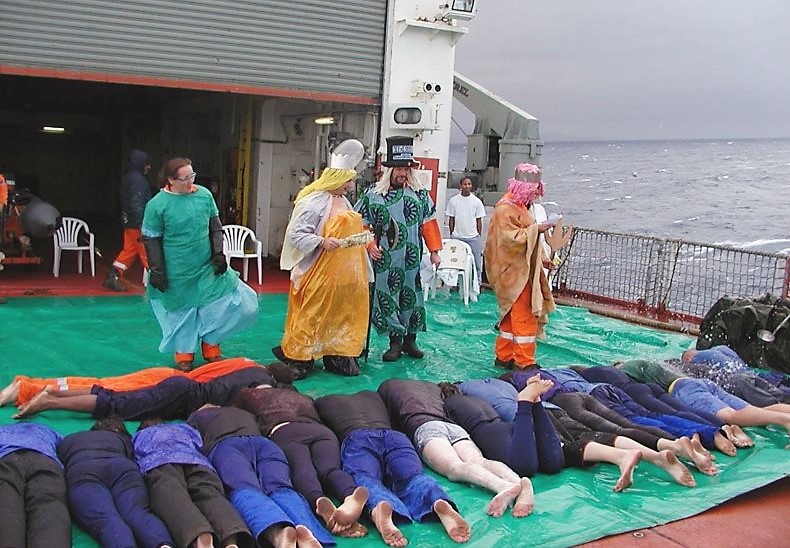 One of my first jobs at UCT was to gain seagoing experience in working with all ship-based equipment. I loved being at sea and felt that after my many experiences on both national and international research vessels that I would be good at teaching practical oceanography. And so began a long period of sea-going adventures between 1996 and 2016 in which UCT Honours students were taken to sea onboard the old SA Agulhas I and from 2012 the new SA Agulhas II. The training was always part of the 5 week Prince Edward Island relief voyage and in those days students had to work the winches, drive the CTD software, work up the data for mini-projects!
One of my first jobs at UCT was to gain seagoing experience in working with all ship-based equipment. I loved being at sea and felt that after my many experiences on both national and international research vessels that I would be good at teaching practical oceanography. And so began a long period of sea-going adventures between 1996 and 2016 in which UCT Honours students were taken to sea onboard the old SA Agulhas I and from 2012 the new SA Agulhas II. The training was always part of the 5 week Prince Edward Island relief voyage and in those days students had to work the winches, drive the CTD software, work up the data for mini-projects!

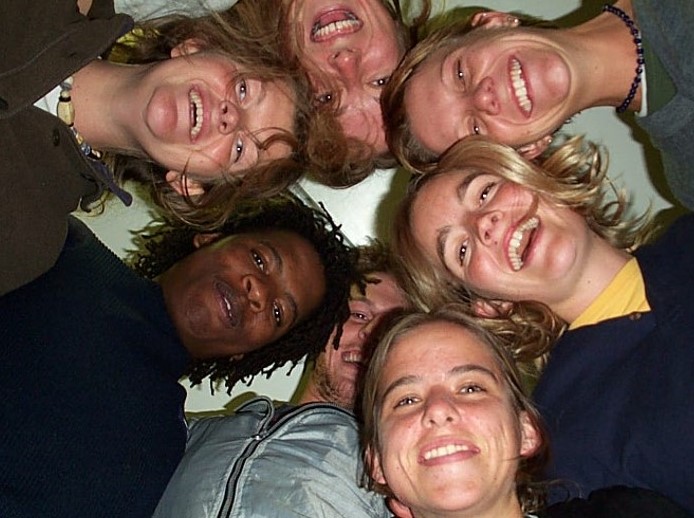 Isabelle’s Working Life: “I was employed as a lecturer at UCT in 2006 and have worked hard to build a career both nationally and internationally in observational oceanography. My passion and love for the sea can be seen in the many opportunities that I create for students both at UCT, and as can be seen from the SEAmester Floating University across the entire country. I was the first female PhD graduate in Oceanography at UCT in 2000, I am the only female Full Professor in the Oceanography Department and the first female Head of Department in 2016. “
Isabelle’s Working Life: “I was employed as a lecturer at UCT in 2006 and have worked hard to build a career both nationally and internationally in observational oceanography. My passion and love for the sea can be seen in the many opportunities that I create for students both at UCT, and as can be seen from the SEAmester Floating University across the entire country. I was the first female PhD graduate in Oceanography at UCT in 2000, I am the only female Full Professor in the Oceanography Department and the first female Head of Department in 2016. “


 What drives me:” I love teaching students. Taking a student to sea and watching them learn and seeing their eyes light up when they first board the SA Agulhas II is extremely rewarding. Many of my former students have returned to sea either as senior researchers leading their own cohort of students, or they have built their career in marine management or moved into the academic field. It is so rewarding see young inexperienced students join a cruise and leave imbued with a new confidence and a passion for their discipline.
What drives me:” I love teaching students. Taking a student to sea and watching them learn and seeing their eyes light up when they first board the SA Agulhas II is extremely rewarding. Many of my former students have returned to sea either as senior researchers leading their own cohort of students, or they have built their career in marine management or moved into the academic field. It is so rewarding see young inexperienced students join a cruise and leave imbued with a new confidence and a passion for their discipline.
 “I am proud of the SEAmester programme and how we have been able to develop linkages with traditionally non marine universities both through their students joining as SEAmester students or their own Lecturers joining the academic programme. The state-of-the-art research vessel, SA Agulhas II, provides such an incredible teaching and research platform for this programme; its size, comfort and shipboard facilities allow groups of 46 students and 30 lecturers to productively interact over a period of 10 days as can the photo of Prof Gammon teaching students in the ship’s stairwell shows so well!.”
“I am proud of the SEAmester programme and how we have been able to develop linkages with traditionally non marine universities both through their students joining as SEAmester students or their own Lecturers joining the academic programme. The state-of-the-art research vessel, SA Agulhas II, provides such an incredible teaching and research platform for this programme; its size, comfort and shipboard facilities allow groups of 46 students and 30 lecturers to productively interact over a period of 10 days as can the photo of Prof Gammon teaching students in the ship’s stairwell shows so well!.”
 My advice to the young generation: “Four words – always take the initiative! In the UK the only sea-going opportunity I had was to work on the River Tamar outside of Plymouth! In South Africa our students go to Antarctica! But it takes you to make that difference. We have so many wonderful opportunities in South Africa and access to such incredible marine programmes and platforms but the sparkplug to get started must come from you. All academics get frustrated by students not willing to engage with their surroundings and
My advice to the young generation: “Four words – always take the initiative! In the UK the only sea-going opportunity I had was to work on the River Tamar outside of Plymouth! In South Africa our students go to Antarctica! But it takes you to make that difference. We have so many wonderful opportunities in South Africa and access to such incredible marine programmes and platforms but the sparkplug to get started must come from you. All academics get frustrated by students not willing to engage with their surroundings and  not even realise the enormous privilege it is to be on a research vessel such as the SA Agulhas II. You don’t have to be the brightest student in the class but by staying engaged, enthusiastic, interactive and dedicated to your studies you will always go much further in life. Opportunities are endless but it takes you to grab it!”
not even realise the enormous privilege it is to be on a research vessel such as the SA Agulhas II. You don’t have to be the brightest student in the class but by staying engaged, enthusiastic, interactive and dedicated to your studies you will always go much further in life. Opportunities are endless but it takes you to grab it!”
Text and Images supplied by Isabbelle Ansorge.
Visit SANAP website on Isabelle Ansorge’s current research projects within the program. Also see Sunday Science on SEAmester
https://youtu.be/0LUpdr-masA
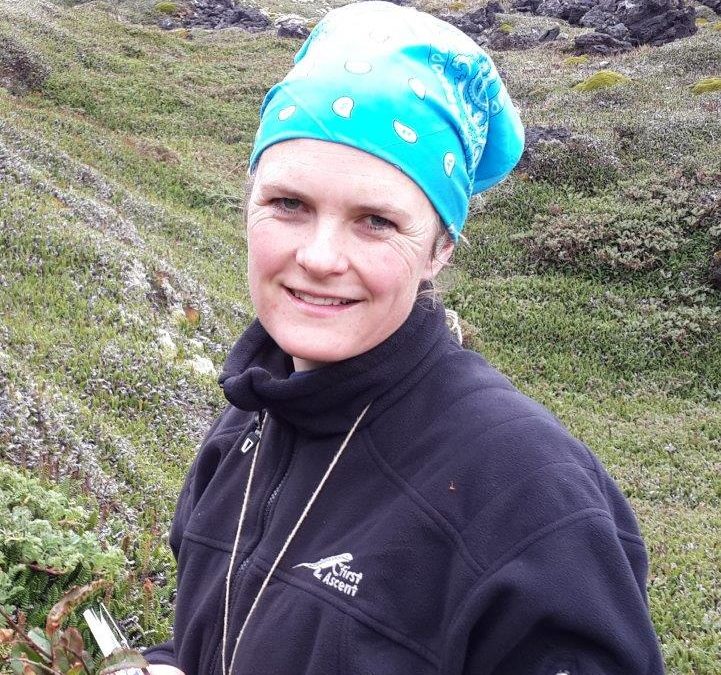
by Ria Olivier | May 20, 2020 | Invasion Biology, Marion Island, Research, SANAP, Science, STEM
 I grew up in Hermannsburg, a small village in KwaZulu-Natal, which has a school, lots of space to roam and explore, and not much else. Growing up outdoors (and having a passionate biology-teacher-father) sparked my interest in the natural sciences – and I have had the privilege of pursuing a career in the field. I completed my undergraduate degree at Stellenbosch University.
I grew up in Hermannsburg, a small village in KwaZulu-Natal, which has a school, lots of space to roam and explore, and not much else. Growing up outdoors (and having a passionate biology-teacher-father) sparked my interest in the natural sciences – and I have had the privilege of pursuing a career in the field. I completed my undergraduate degree at Stellenbosch University.
In my third-year I saw an advert for a Marion Island-based honours project being advertised by a new lecturer in our department, Steven Chown. From a young age I had had the dream of visiting the island, so I had to apply for the honours position for the chance to visit the island! And visit the island I did – for a four-week take-over during my honours year. This was a seminal experience for me: I had never been to a place so remote, so wild, so volcanic (and so windy and cold)! Also, I got out of the year more than a visit to Marion Island; I was exposed the field of biogeography: the study of how biodiversity is distributed in space and time – a new interest developed for me.
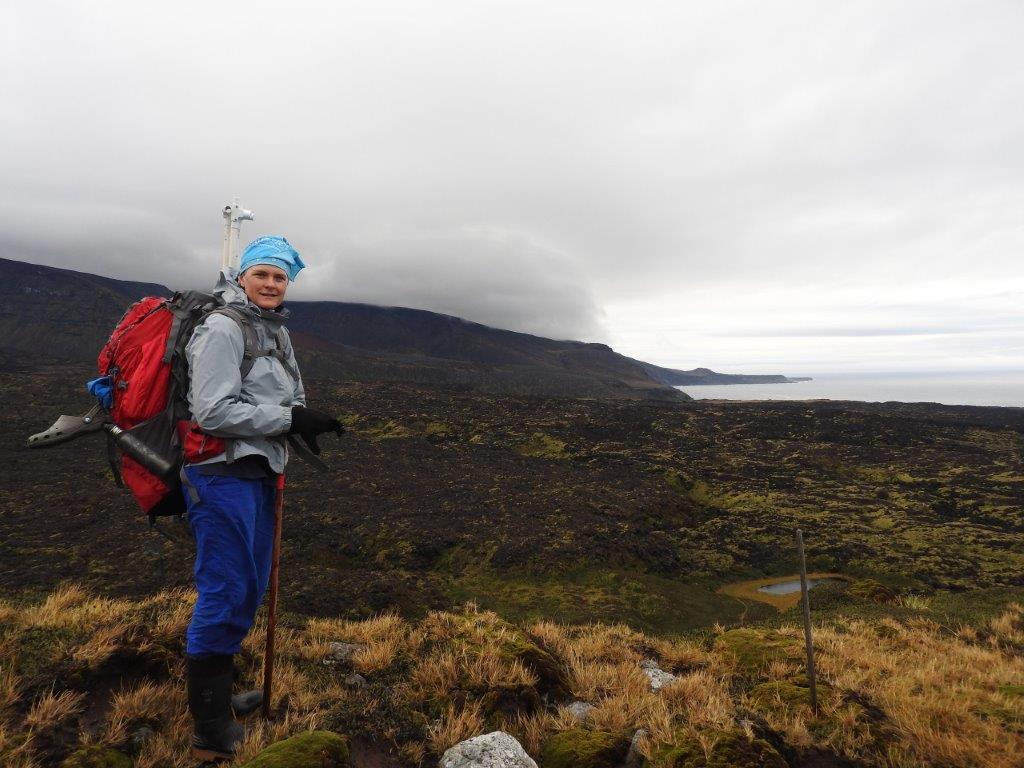
 I continued pursuing an MSc and PhD in the biogeography of birds and plants in Africa: somewhat warmer and greener places (I completed these degrees in Stellenbosch and in Denmark respectively). Here I developed my second passion: savanna ecology. After taking up my position in the Plant and Soil Sciences Department at the University of Pretoria in 2013, I had a renewed opportunity to get involved in the sub-Antarctic sciences when I was awarded a SANAP grant.
I continued pursuing an MSc and PhD in the biogeography of birds and plants in Africa: somewhat warmer and greener places (I completed these degrees in Stellenbosch and in Denmark respectively). Here I developed my second passion: savanna ecology. After taking up my position in the Plant and Soil Sciences Department at the University of Pretoria in 2013, I had a renewed opportunity to get involved in the sub-Antarctic sciences when I was awarded a SANAP grant.


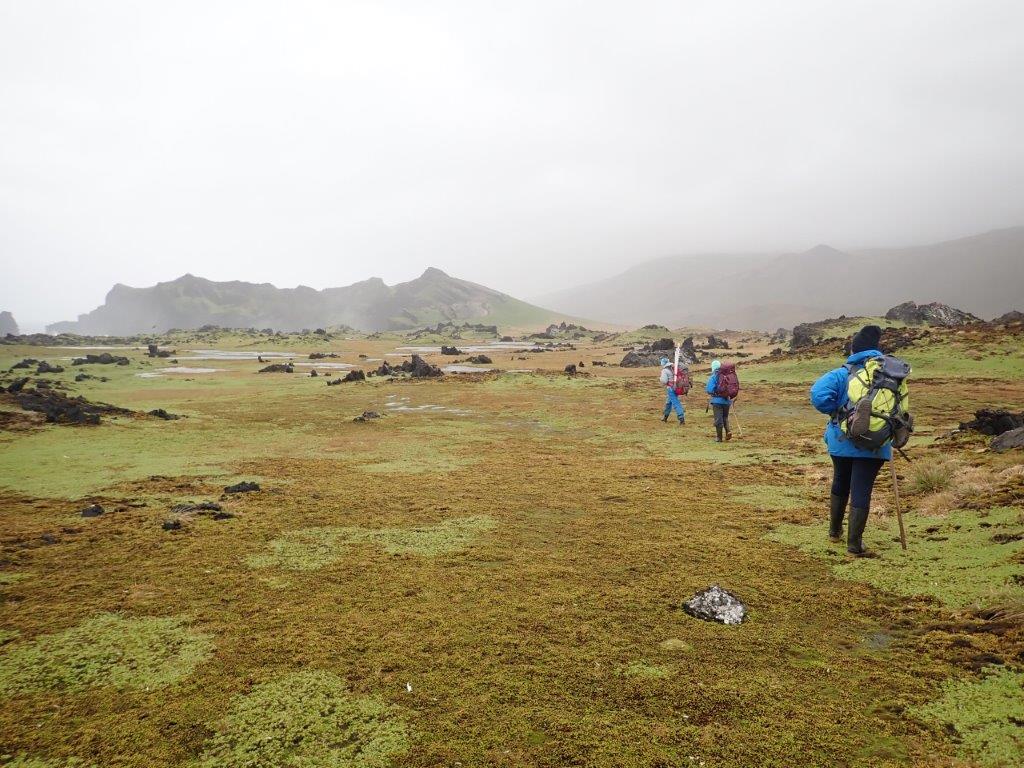 Much of the work that we have been doing on Marion Island deals with invasive species (especially plants) and what determines their distribution and success. Even though sub-Antarctic islands like Marion Island are some of the most isolated places on Earth, they have not been totally spared from human activities. Invasive species constitute one of the largest threats to the islands. These have mostly been introduced accidentally in e.g. building rubble, stuck in people’s shoes or the Velcro of their jackets, or in food supplies. Not all exotic species that have arrived at the islands have survived, but those that have, have often managed to spread and in some cases have had large negative impacts on the native species and ecosystem. Additionally, Marion Island is rapidly warming, and this is benefitting invasive species which are able to better survive under the mild conditions. How invasive species will be affected by climate change compared to native species forms a further particular interest. There is already some evidence of invasive species benefitting more than native species; but together with Prof Michael Cramer from UCT and Brad Ripley from Rhodes University, we are also studying how factors other than climate, e.g. soil characteristics, may limit the spread of invasive species, even under climate change. (image below during The POLAR2018 symposium in Davos, Siwtzerland)
Much of the work that we have been doing on Marion Island deals with invasive species (especially plants) and what determines their distribution and success. Even though sub-Antarctic islands like Marion Island are some of the most isolated places on Earth, they have not been totally spared from human activities. Invasive species constitute one of the largest threats to the islands. These have mostly been introduced accidentally in e.g. building rubble, stuck in people’s shoes or the Velcro of their jackets, or in food supplies. Not all exotic species that have arrived at the islands have survived, but those that have, have often managed to spread and in some cases have had large negative impacts on the native species and ecosystem. Additionally, Marion Island is rapidly warming, and this is benefitting invasive species which are able to better survive under the mild conditions. How invasive species will be affected by climate change compared to native species forms a further particular interest. There is already some evidence of invasive species benefitting more than native species; but together with Prof Michael Cramer from UCT and Brad Ripley from Rhodes University, we are also studying how factors other than climate, e.g. soil characteristics, may limit the spread of invasive species, even under climate change. (image below during The POLAR2018 symposium in Davos, Siwtzerland)
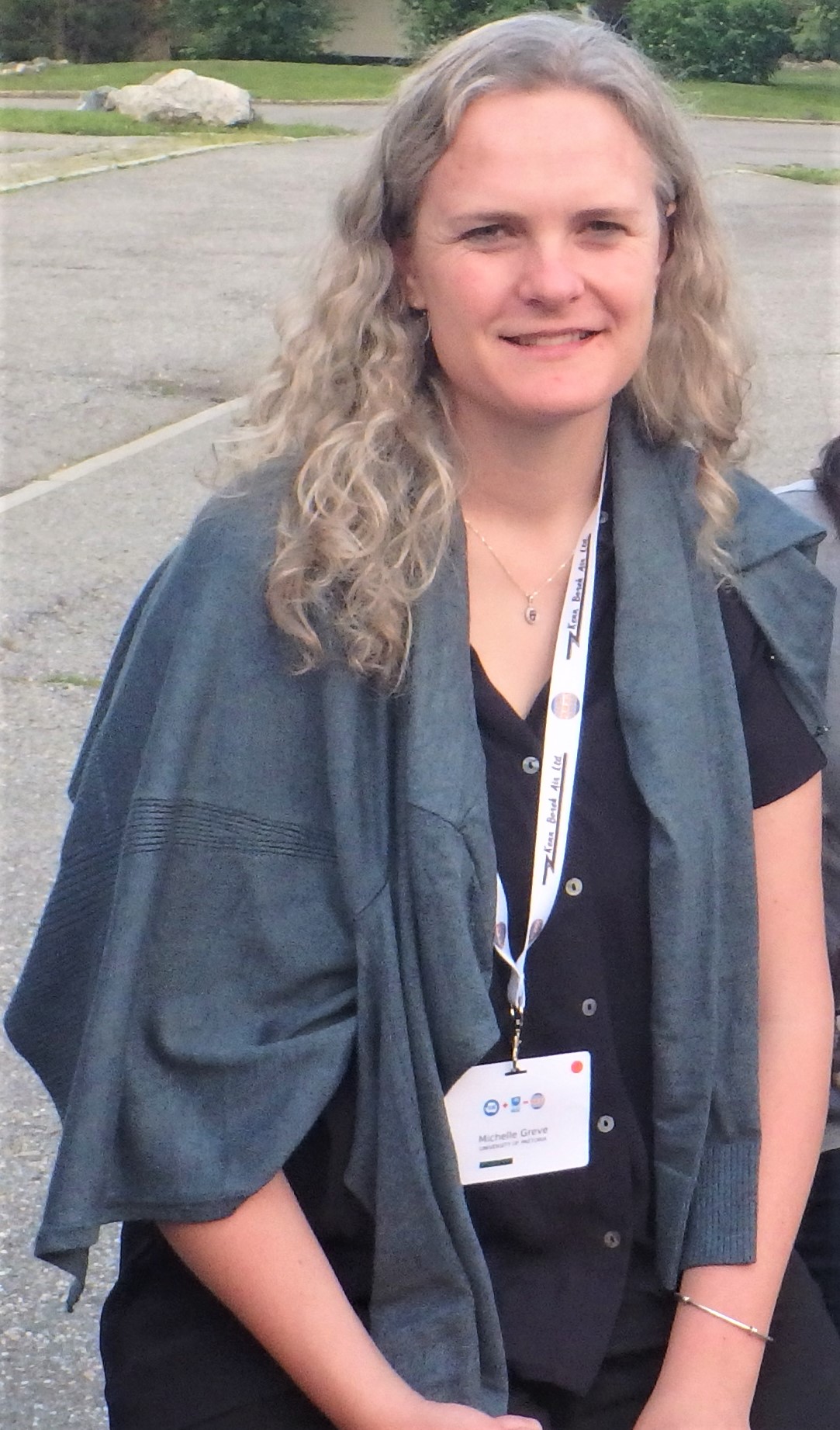
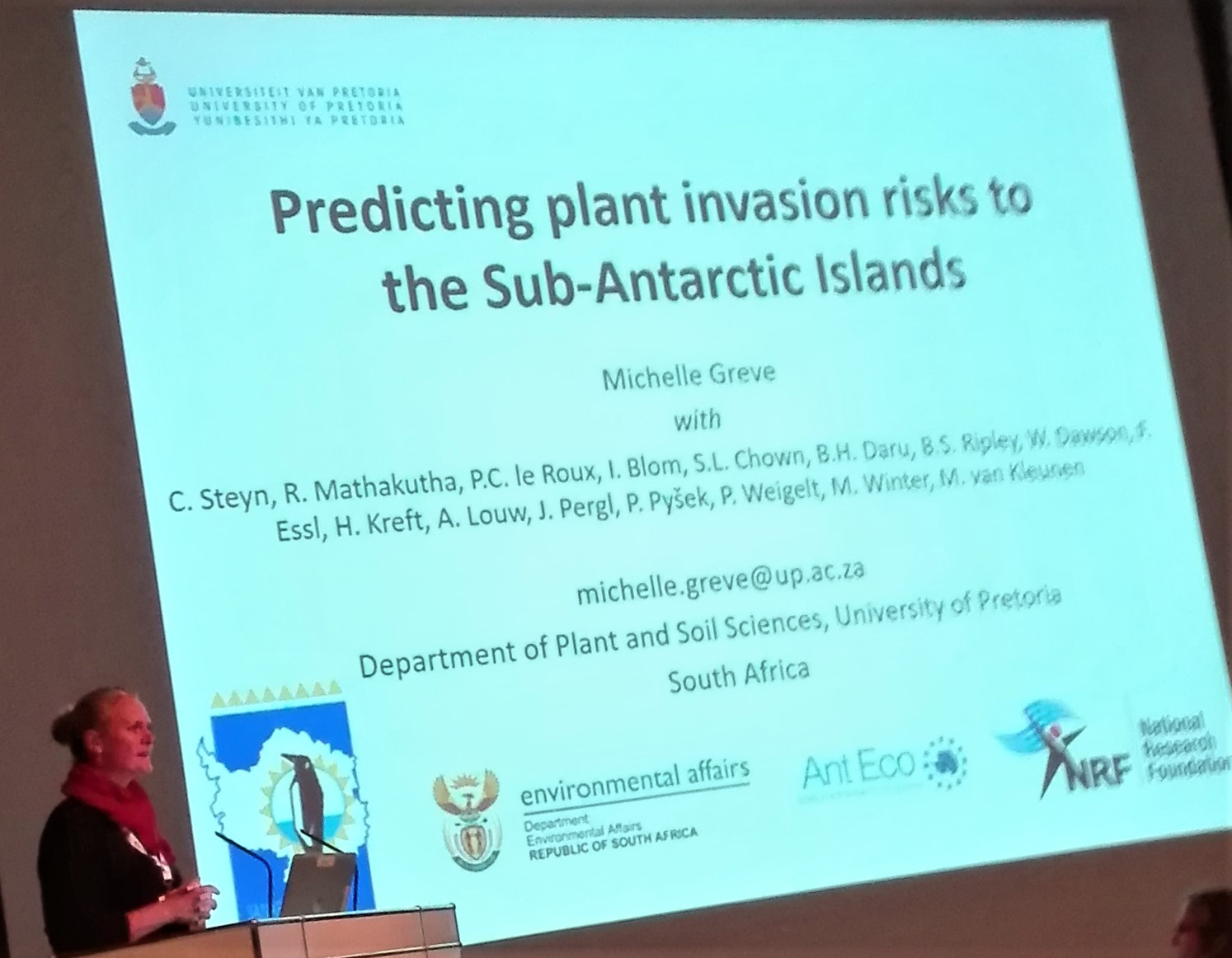 There are many things I enjoy about my career. I am always learning more, and by conducting research, I am also contributing to new knowledge. As an ecologist, I enjoy the opportunities to see wild places all over South Africa and beyond, to understand how they function, and to hopefully contribute to their protection and appropriate management. I have also met, and made friends with, many wonderful, kind and intelligent people through my work. I especially enjoy the interactions I get to have with students: it is rewarding to see them develop skills and self-confidence, and learning from them as people who possess different world views from me, have skills different to mine, and in many cases overtake me in their scientific skills and knowledge.
There are many things I enjoy about my career. I am always learning more, and by conducting research, I am also contributing to new knowledge. As an ecologist, I enjoy the opportunities to see wild places all over South Africa and beyond, to understand how they function, and to hopefully contribute to their protection and appropriate management. I have also met, and made friends with, many wonderful, kind and intelligent people through my work. I especially enjoy the interactions I get to have with students: it is rewarding to see them develop skills and self-confidence, and learning from them as people who possess different world views from me, have skills different to mine, and in many cases overtake me in their scientific skills and knowledge.
“A research career is a varied and fulfilling career. Science can be used to make evidence-based decisions to improve society, and it accommodates many different ‘types’ of people: good writers, geeks, extroverts who can communicate science, teachers, modellers, outdoor-types, etc. A career in science will usually not make you very rich nor be without stress: it is competitive, often requires long hours and perseverance, and requires the scientist to excel at many different things and juggle several balls at once. However, the life of a scientist is interesting!”
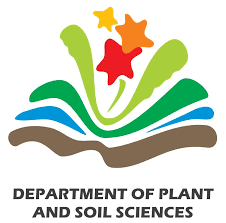
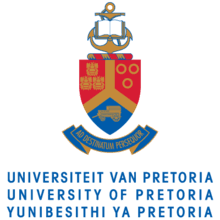
Text and Images : Michelle Greve

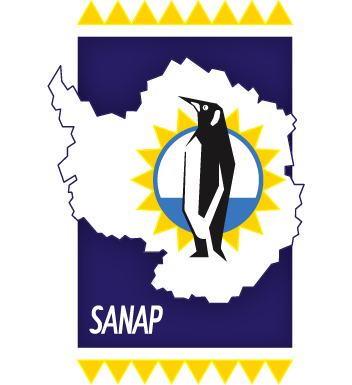





 On
On 

 From L-R: The
From L-R: The 

 Within the
Within the 


 66% of the
66% of the 

 The two team leaders currently at the South African stations on SANAE(59) and at Marion Island(77) are women. Dr Abigail(Aby) Paton (left) is not new to SANAP and the first women to do 3 consecutive overwinters in Antarctica (SANAE54,55,56 see images below). Winnie Moodaley (middle) was a member of Marion 76 and to stayed on as Leader for Marion 77 so this is also her consecutive year. Michelle(Risi)Jones(right) current at Gough Island is part of Gough 64 and Gough 65.
The two team leaders currently at the South African stations on SANAE(59) and at Marion Island(77) are women. Dr Abigail(Aby) Paton (left) is not new to SANAP and the first women to do 3 consecutive overwinters in Antarctica (SANAE54,55,56 see images below). Winnie Moodaley (middle) was a member of Marion 76 and to stayed on as Leader for Marion 77 so this is also her consecutive year. Michelle(Risi)Jones(right) current at Gough Island is part of Gough 64 and Gough 65.



 Celebration of Women in Antarctic Research 23 August 2016,Malaysia. This event was a celebration of female Antarctic researchers and aimed to raise their profile to help provide more visible female role models for early career scientists. SANAP was represented(image right).
Celebration of Women in Antarctic Research 23 August 2016,Malaysia. This event was a celebration of female Antarctic researchers and aimed to raise their profile to help provide more visible female role models for early career scientists. SANAP was represented(image right).





 Isabelle as a child always wanted to be an oceanographer. “When I was 13 my father sent me off for 6 months on a Tall Ship to sail around Africa. And so, having grown up on sailing ships and sailing the world at a very young age it seemed only natural to follow in my passion to build a career around the sea.
Isabelle as a child always wanted to be an oceanographer. “When I was 13 my father sent me off for 6 months on a Tall Ship to sail around Africa. And so, having grown up on sailing ships and sailing the world at a very young age it seemed only natural to follow in my passion to build a career around the sea.

 I first studied at
I first studied at 

 One of my first jobs at
One of my first jobs at 
 Isabelle’s Working Life: “I was employed as a lecturer at UCT in 2006 and have worked hard to build a career both nationally and internationally in observational oceanography. My passion and love for the sea can be seen in the many opportunities that I create for students both at UCT, and as can be seen from the
Isabelle’s Working Life: “I was employed as a lecturer at UCT in 2006 and have worked hard to build a career both nationally and internationally in observational oceanography. My passion and love for the sea can be seen in the many opportunities that I create for students both at UCT, and as can be seen from the 

 What drives me:” I love teaching students. Taking a student to sea and watching them learn and seeing their eyes light up when they first board the SA Agulhas II is extremely rewarding. Many of my former students have returned to sea either as senior researchers leading their own cohort of students, or they have built their career in marine management or moved into the academic field. It is so rewarding see young inexperienced students join a cruise and leave imbued with a new confidence and a passion for their discipline.
What drives me:” I love teaching students. Taking a student to sea and watching them learn and seeing their eyes light up when they first board the SA Agulhas II is extremely rewarding. Many of my former students have returned to sea either as senior researchers leading their own cohort of students, or they have built their career in marine management or moved into the academic field. It is so rewarding see young inexperienced students join a cruise and leave imbued with a new confidence and a passion for their discipline. “I am proud of the SEAmester programme and how we have been able to develop linkages with traditionally non marine universities both through their students joining as SEAmester students or their own Lecturers joining the academic programme. The state-of-the-art research vessel, SA Agulhas II, provides such an incredible teaching and research platform for this programme; its size, comfort and shipboard facilities allow groups of 46 students and 30 lecturers to productively interact over a period of 10 days as can the photo of Prof Gammon teaching students in the ship’s stairwell shows so well!.”
“I am proud of the SEAmester programme and how we have been able to develop linkages with traditionally non marine universities both through their students joining as SEAmester students or their own Lecturers joining the academic programme. The state-of-the-art research vessel, SA Agulhas II, provides such an incredible teaching and research platform for this programme; its size, comfort and shipboard facilities allow groups of 46 students and 30 lecturers to productively interact over a period of 10 days as can the photo of Prof Gammon teaching students in the ship’s stairwell shows so well!.” My advice to the young generation: “Four words – always take the initiative! In the UK the only sea-going opportunity I had was to work on the River Tamar outside of Plymouth! In South Africa our students go to Antarctica! But it takes you to make that difference. We have so many wonderful opportunities in South Africa and access to such incredible marine programmes and platforms but the sparkplug to get started must come from you. All academics get frustrated by students not willing to engage with their surroundings and
My advice to the young generation: “Four words – always take the initiative! In the UK the only sea-going opportunity I had was to work on the River Tamar outside of Plymouth! In South Africa our students go to Antarctica! But it takes you to make that difference. We have so many wonderful opportunities in South Africa and access to such incredible marine programmes and platforms but the sparkplug to get started must come from you. All academics get frustrated by students not willing to engage with their surroundings and  not even realise the enormous privilege it is to be on a research vessel such as the SA Agulhas II. You don’t have to be the brightest student in the class but by staying engaged, enthusiastic, interactive and dedicated to your studies you will always go much further in life. Opportunities are endless but it takes you to grab it!”
not even realise the enormous privilege it is to be on a research vessel such as the SA Agulhas II. You don’t have to be the brightest student in the class but by staying engaged, enthusiastic, interactive and dedicated to your studies you will always go much further in life. Opportunities are endless but it takes you to grab it!”
 I grew up in
I grew up in 
 I continued pursuing an MSc and PhD in the biogeography of birds and plants in Africa: somewhat warmer and greener places (I completed these degrees in Stellenbosch and in Denmark respectively). Here I developed my second passion: savanna ecology. After taking up my position in the
I continued pursuing an MSc and PhD in the biogeography of birds and plants in Africa: somewhat warmer and greener places (I completed these degrees in Stellenbosch and in Denmark respectively). Here I developed my second passion: savanna ecology. After taking up my position in the 

 Much of the work that we have been doing on Marion Island deals with invasive species (especially plants) and what determines their distribution and success. Even though sub-Antarctic islands like Marion Island are some of the most isolated places on Earth, they have not been totally spared from human activities. Invasive species constitute one of the largest threats to the islands. These have mostly been introduced accidentally in e.g. building rubble, stuck in people’s shoes or the Velcro of their jackets, or in food supplies. Not all exotic species that have arrived at the islands have survived, but those that have, have often managed to spread and in some cases have had large negative impacts on the native species and ecosystem. Additionally, Marion Island is rapidly warming, and this is benefitting invasive species which are able to better survive under the mild conditions. How invasive species will be affected by climate change compared to native species forms a further particular interest. There is already some evidence of invasive species benefitting more than native species; but together with Prof Michael Cramer from UCT and Brad Ripley from Rhodes University, we are also studying how factors other than climate, e.g. soil characteristics, may limit the spread of invasive species, even under climate change. (image below during The POLAR2018 symposium in Davos, Siwtzerland)
Much of the work that we have been doing on Marion Island deals with invasive species (especially plants) and what determines their distribution and success. Even though sub-Antarctic islands like Marion Island are some of the most isolated places on Earth, they have not been totally spared from human activities. Invasive species constitute one of the largest threats to the islands. These have mostly been introduced accidentally in e.g. building rubble, stuck in people’s shoes or the Velcro of their jackets, or in food supplies. Not all exotic species that have arrived at the islands have survived, but those that have, have often managed to spread and in some cases have had large negative impacts on the native species and ecosystem. Additionally, Marion Island is rapidly warming, and this is benefitting invasive species which are able to better survive under the mild conditions. How invasive species will be affected by climate change compared to native species forms a further particular interest. There is already some evidence of invasive species benefitting more than native species; but together with Prof Michael Cramer from UCT and Brad Ripley from Rhodes University, we are also studying how factors other than climate, e.g. soil characteristics, may limit the spread of invasive species, even under climate change. (image below during The POLAR2018 symposium in Davos, Siwtzerland)
 There are many things I enjoy about my career. I am always learning more, and by conducting research, I am also contributing to new knowledge. As an ecologist, I enjoy the opportunities to see wild places all over South Africa and beyond, to understand how they function, and to hopefully contribute to their protection and appropriate management. I have also met, and made friends with, many wonderful, kind and intelligent people through my work. I especially enjoy the interactions I get to have with students: it is rewarding to see them develop skills and self-confidence, and learning from them as people who possess different world views from me, have skills different to mine, and in many cases overtake me in their scientific skills and knowledge.
There are many things I enjoy about my career. I am always learning more, and by conducting research, I am also contributing to new knowledge. As an ecologist, I enjoy the opportunities to see wild places all over South Africa and beyond, to understand how they function, and to hopefully contribute to their protection and appropriate management. I have also met, and made friends with, many wonderful, kind and intelligent people through my work. I especially enjoy the interactions I get to have with students: it is rewarding to see them develop skills and self-confidence, and learning from them as people who possess different world views from me, have skills different to mine, and in many cases overtake me in their scientific skills and knowledge.


